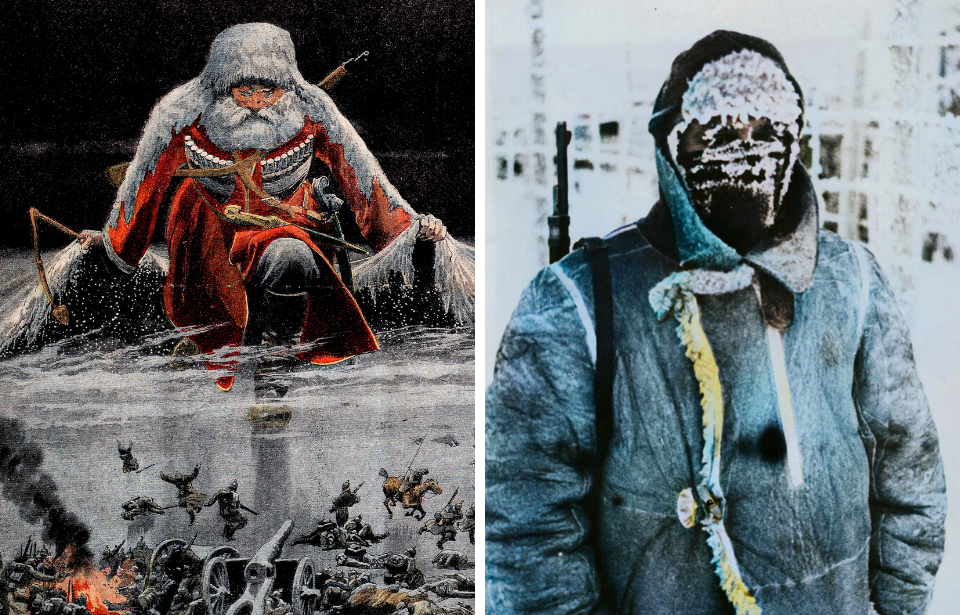He’s been Russia’s ally for centuries, aiding in the defeat of some of the greatest armies in history. From Napoleon to the German Wehrmacht, “General Winter” has loyally served the Kremlin’s military forces in times of war. However, a new threat is emerging as winter approaches along the Russia-Ukraine border, which could rewrite history as we know it.
Who is General Winter?
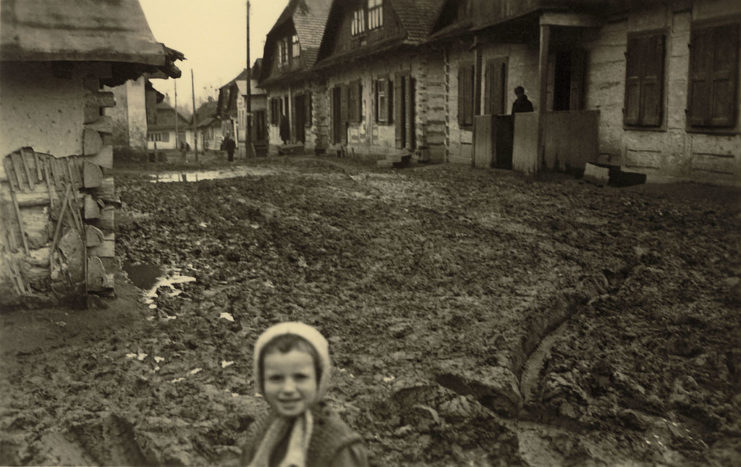
General Winter isn’t a high-ranking military commander or even a person. He is, in fact, the affectionate name given to the harsh winter weather unique to Russia’s climate. Also known as “General Frost” and “General Mud,” the weather has long been a major advantage for Russian forces.
Russian winters are snowy and frigid, making advancements difficult for invading forces. Mud is also a significant factor. Dubbed rasputitsa by locals, autumn rains and warm spring weather combine with melting snow to create a nearly impenetrable muck that makes unpaved roads across the country a nightmare to traverse. In order to be successful, enemy forces attempting to breach the Russian border have to adapt quickly to weather conditions that are more lethal than guns and bullets.
Historians have cited General Winter as a decisive factor in the failure of Napoleon‘s Grande Armée and the German forces in World War II, but as winter approaches, the tables are turning in the ongoing Russo-Ukrainian War. As such, the true role of climate in Russia’s military success will be revealed.
The Swedish invasion was stopped by a record winter
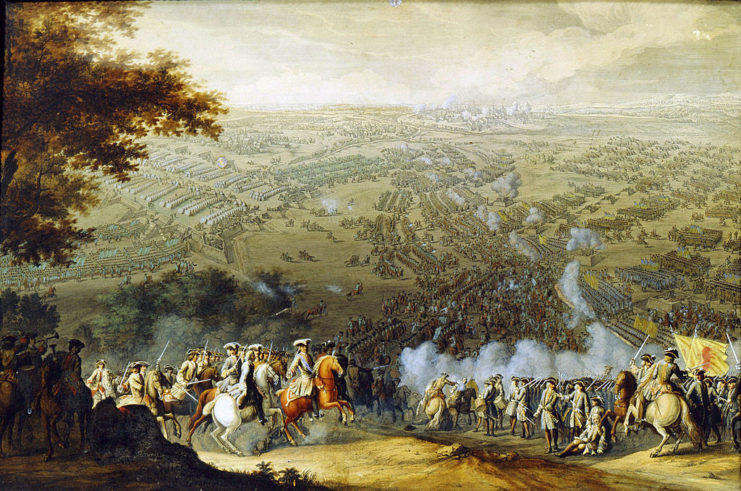
General Winter made his first appearance during the Great Northern War in the early 18th century. When Charles XII of Sweden invaded Russia in 1707, Russian troops retreated while destroying everything between them and the approaching Swedes. As winter settled in, it proved to be the coldest and most unrelenting yet. The Great Frost of 1709 was so severe that even the waters of Venice froze over.
Charles XII’s 35,000 troops were left stuck in the middle of a war with General Winter, and by the spring only 19,000 remained. Their failure during the Battle of Poltava ultimately sealed the fate of the Swedish Empire.
Napoleon’s failed invasion of Russia
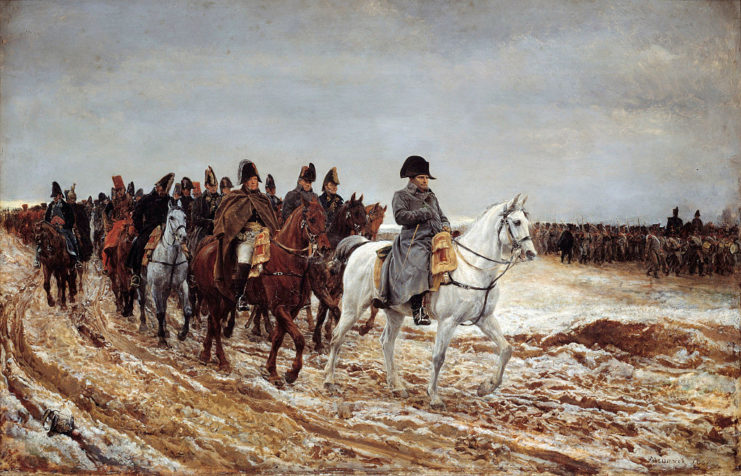
A century later, Napoleon Bonaparte’s Grande Armée set their sights on Moscow. In June 1812, the Russian Army was forced to retreat as 610,000 French soldiers pressed on. Adopting the same scorched earth tactics that had worked against the Swedes, the Russians burnt entire villages to the ground, so the French couldn’t use them.
Throughout the course of the invasion, Napoleon’s Grande Armée was reduced to just 100,000 men before making their retreat from Moscow as the frost began. By November 5, snow-covered Russia had made food incredibly scarce. To make matters worse, the Frenchmen’s winter clothing had failed to arrive, leaving the soldiers exposed to the cold in their summer uniforms.
Thousands of men died from starvation, hypothermia and gangrene before Napoleon returned to France. His close advisor, Armand de Caulaincourt, wrote a horrific description of the mass deaths of General Winter’s victims in his memoir:
“The cold was so intense that bivouacking was no longer supportable… One constantly found men who, overcome by the cold, had been forced to drop out and had fallen to the ground, too weak or too numb to stand… Once these poor wretches fell asleep they were dead… Sleep comes inevitably, and sleep is to die… What I have related about the effects of extreme cold, and of this kind of death by freezing, is based on what I saw happen to thousands of individuals. The road was covered with their corpses.”
Operation Barbarossa
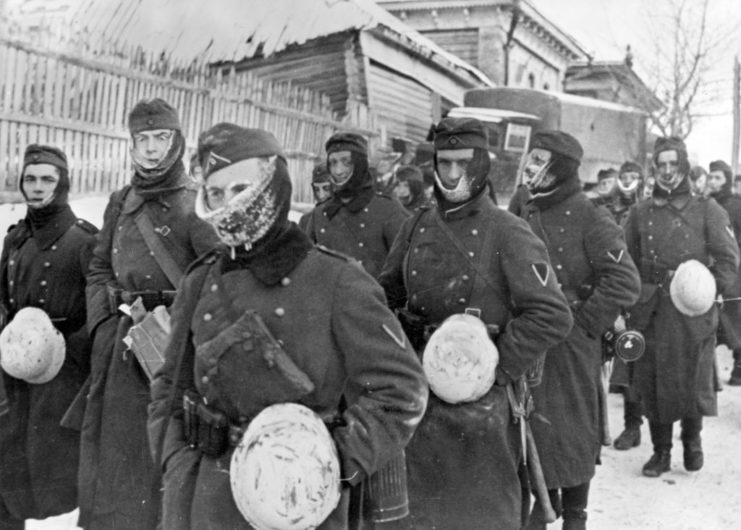
In June 1941, Germany launched Operation Barbarossa, its invasion of the Soviet Union. What ensued saw an unprecedented loss of military and civilian lives, which ultimately reversed Germany’s success in the Second World War. The start of the operation saw more forces committed to one campaign than any other in human history, with 3.8 million German soldiers facing off against around 2.9 million Soviets.
The battle came at an incredible cost. Millions of Soviet soldiers and civilians were captured and deliberately starved to death under the Germans’ “Hunger-Plan,” which solved food shortages by purposely “exterminating” the Slavic population, to allow for the repopulation of Russia with German civilians.
The ultimate aim was to take Moscow, but rather than start toward their target in August as planned, the German Army were ordered capture Ukraine. By October 1941, Kyiv was under their control. However, the delayed siege on Moscow gave the Red Army the time to strengthen its defenses. One million soldiers and 1,000 brand-new T-34s surrounded the capital.
On the outskirts of the city, the rasputitsa mud literally stopped the Germans in their tracks. They eventually got within 12 miles of Moscow, but ultimately failed to convince Russia to cooperate. German leaders blamed the harsh winter for their failure, but poor planning and logistics proved to be just as deadly as General Winter.
The truth about General Winter
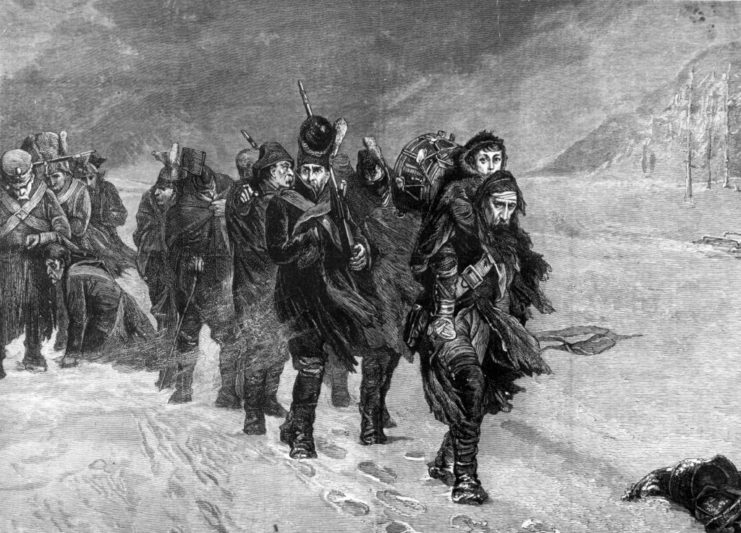
While historians agree that weather, especially the unique and harsh Russian winter, contributes to the outcome of war, General Winter wasn’t the sole reason these invading forces failed so miserably.
According to Allen F. Chew, “Those popular myths illustrate the uncritical acceptance and perpetuation of rationalizations designed to obscure the fact that those ‘invincible’ Western military paragons [were] humbled by the ‘inferior’ Russians.” He goes on to explain that Napoleon’s Grande Armée was actually only 378,000 strong before their first major battle. The personnel losses that followed were mostly due to disease, desertions and casualties that occurred while en route to the engagement.
At the Battle of Borodino, Napoleon could only muster around 135,000 troops, and at least 30,000 died during the fight. Chew believes the French leader’s retreat from Russia began before the first severe frost in late October.
Similarly, Chew explains that Germany’s plans to invade Russia during WWII had failed before winter set in. German leaders were so confident in a swift victory that they’d failed to consider the possibility of winter warfare. This error resulted in 734,000 military casualties on the Eastern Front.
“Although the plans of both those would-be conquerors of Russia failed before the arrival of winter, there is no denying that snow and severe frost contributed greatly to the magnitude of their subsequent problems and casualties,” the historian explains.
Will General Winter return to Ukraine?
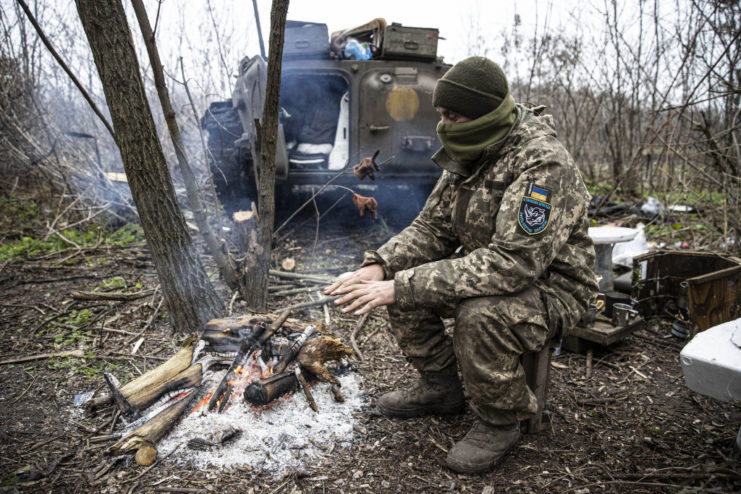
For the first time in centuries, Russia is now the aggressor facing the threat of General Winter. As the country escalates its invasion of Ukraine, military experts and analysts are projecting a harsh winter could slow the fighting along the Russia-Ukraine border. However, both countries have firsthand experience fighting alongside General Winter, and each may use the weather to their advantage.
According to Politico, “The Russian plan is to demoralize Ukrainian civilians by knocking out their electricity and heating, while the Ukrainians want to launch commando raids and train their artillery on poorly equipped Russian draftees, who lack warm winter gear and hot food.”
Firsthand accounts from soldiers also reveal Russia doesn’t plan to step back from its heavy-handed attacks anytime soon, as fighting continues day and night, no matter the weather. While winter is just beginning, Ukraine is scrambling to organize enough emergency shelters and supplies to keep civilians warm and safe as Russia continues to target power plants.
More from us: Russian Military Releases Ballad to ‘Son of Satan’ Ballistic Missile
As the winter creeps closer to the frontlines of the conflict, we can’t help but wonder if history will repeat itself or if old General Winter will turn his back on Russia in favor of the resilient Ukrainian people.
